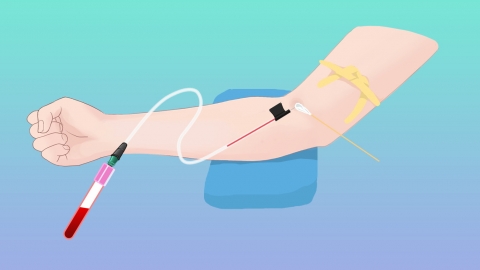What is the normal value for hepatitis B surface antigen?
Generally, the normal value of hepatitis B surface antigen (HBsAg) needs to be interpreted according to the type of test performed, mainly divided into qualitative and quantitative testing. The normal reference ranges differ between these two methods, and results should be interpreted based on the official test report. Detailed analysis is as follows:

In qualitative testing, the result is reported as either negative or positive. A negative result is considered normal, indicating that HBsAg was not detected in the body and suggesting no infection with the hepatitis B virus. A positive result suggests possible infection with the hepatitis B virus, and further hepatitis B-related tests are needed.
Quantitative testing reflects the antigen level using specific numerical values, commonly expressed in IU/mL or COI. Taking the commonly used chemiluminescent immunoassay method as an example, most laboratories use a reference range of <0.05 IU/mL. Some tests report results in COI units, where the normal range is typically <1 COI. Values below the corresponding cutoff are considered normal, while values above require comprehensive evaluation in combination with other test indicators.
When undergoing HBsAg testing, it is important to choose a qualified medical institution. Results should be interpreted based on the complete official report. If necessary, additional hepatitis B panel tests should be performed. Maintaining a regular lifestyle, avoiding late nights and alcohol consumption is also essential for liver health.





